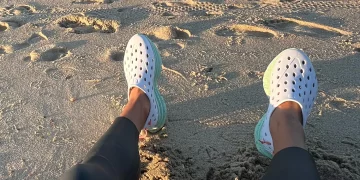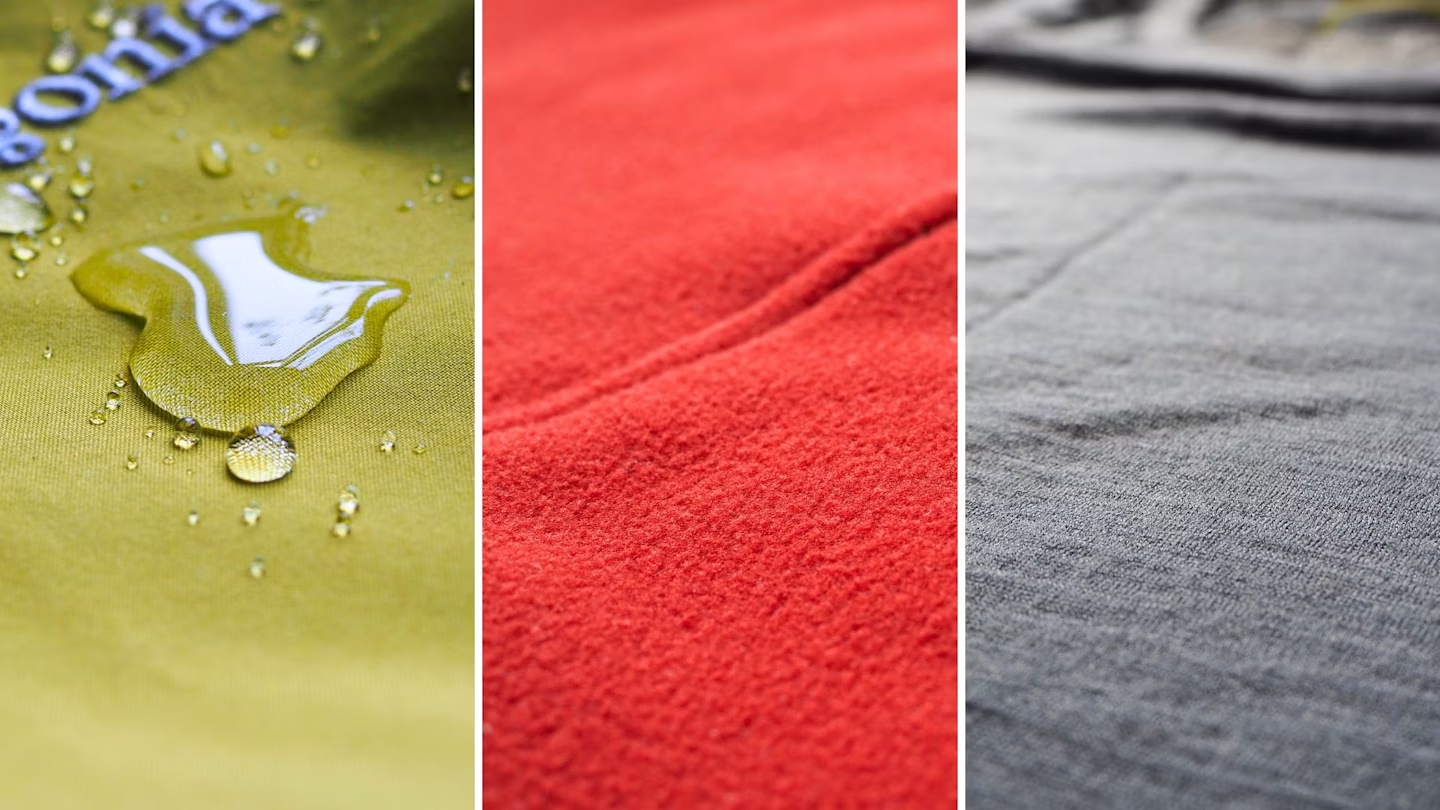When it comes to outdoor adventures, the importance of a good night’s sleep cannot be overstated. Whether you’re trekking through rugged mountains or camping under the stars, your sleeping pad is one of the most critical components in ensuring you get the rest you need to perform at your best the next day. But how important is comfort in choosing the right sleeping pad? This question isn’t just about personal preference; it touches on factors that affect both your physical well-being and overall outdoor experience.
In this article, we’ll explore the importance of comfort in a sleeping pad, examining its direct effects on your sleep quality, the various features that influence comfort, and how to find a sleeping pad that suits your unique needs. We’ll also dive into the technical aspects and how comfort relates to insulation, weight, and durability. By the end, you’ll understand why comfort should never be an afterthought in your gear selection.
The Basics of Sleeping Pads
Before we dive into the specifics of comfort, let’s first understand the role of a sleeping pad. Sleeping pads provide cushioning and insulation from the cold ground during sleep. There are two main types:
- Foam Pads – These are typically more durable, budget-friendly, and provide basic insulation. They are the simplest option but can be bulkier and less comfortable on rocky or uneven surfaces.
- Inflatable Pads – These are lighter, more comfortable, and pack down to a smaller size. They offer better support and comfort but can be prone to punctures.
Comfort in the context of sleeping pads refers to how well the pad supports your body, aligns your spine, and ensures pressure points are alleviated. It’s a combination of the pad’s thickness, firmness, material, and design. For example, a thick, inflatable pad may provide luxurious comfort, while a thin foam pad may leave your back aching after a long day on the trail.
The Role of Comfort in Sleep Quality
The significance of comfort in your sleeping pad directly impacts your ability to fall asleep and stay asleep throughout the night. When camping, the body is exposed to harsher conditions compared to a typical indoor bed. The ground beneath you is often hard and uneven, and depending on the weather, it can be cold or damp. Without proper comfort and support, you may struggle to get the restful sleep you need.
Here are some ways comfort influences sleep quality:
1. Spinal Alignment and Support
A proper sleeping pad helps maintain proper spinal alignment. The firmness of the pad is crucial in ensuring that your spine stays aligned while you sleep. A pad that is too soft may result in your body sinking too much, creating an unnatural curve in your spine, while a pad that is too firm can create pressure points, causing discomfort.
Inflatable sleeping pads, in particular, offer adjustable firmness, allowing you to tailor the support to your preference. This adjustability is key for preventing back or joint pain after a long day of hiking or trekking.

2. Pressure Relief
Sleeping pads that are designed with sufficient cushioning and air pockets (like the baffles in inflatable pads) help distribute your body weight evenly across the pad. This minimizes pressure on key areas like the hips, shoulders, and lower back, which can be problematic when sleeping on a hard surface.
An uncomfortable sleeping pad may cause painful pressure points that lead to restlessness and interrupted sleep. A well-cushioned pad can help reduce this risk, ensuring that you wake up feeling refreshed and ready to tackle your outdoor adventures.
3. Temperature Regulation
Comfort in sleeping pads isn’t only about cushioning. The material and design of the pad also influence its ability to regulate body temperature during sleep. When you lie down on the ground, heat can be drawn away from your body, which may lead to discomfort from the cold. Pads with adequate insulation, such as those with a foam core or inflatable models with reflective layers, help mitigate this heat loss, keeping you warm throughout the night.
4. Restorative Sleep
Ultimately, the goal of any sleeping pad is to facilitate restorative sleep. Whether you’re an active hiker, a cyclist, or someone enjoying a weekend camping trip, your body needs time to recover and recharge. A comfortable sleeping pad allows for deeper, uninterrupted sleep, ensuring you wake up feeling more energized and less sore.
Factors Affecting Comfort in Sleeping Pads
Several factors contribute to how comfortable a sleeping pad feels. Let’s take a look at the key components that influence overall comfort.
1. Material and Construction
The material used in your sleeping pad plays a big role in how comfortable it feels. Foam pads, for instance, offer durable, rigid support but can feel uncomfortable on hard ground due to their lack of cushioning. In contrast, inflatable pads are typically constructed with more advanced materials like ripstop nylon or polyester, which are lighter and more flexible, offering better cushioning and comfort.
More recently, some pads feature an integrated pillow or ergonomic designs to enhance comfort further. Many inflatable pads use “self-inflating” technology, where internal foam expands and inflates the pad automatically with a simple valve twist. These pads provide excellent cushioning and adjustability, making them a favorite choice for comfort-conscious campers.
2. R-Value and Insulation
The R-value of a sleeping pad is a measure of its thermal resistance, or how well it insulates you from the cold ground. An R-value of 1.0 or lower indicates minimal insulation, while higher values (up to 5.0 or more) indicate better warmth. While comfort in terms of cushioning is the main factor for a good night’s sleep, if you’re camping in cold conditions, a pad with a higher R-value is essential to prevent heat loss.
Pads with higher R-values are typically more comfortable in colder climates because they offer better insulation, helping to regulate your body temperature and keep you warm even on chilly nights.
3. Thickness and Size
Sleeping pads come in various thicknesses, ranging from 1-inch thick foam pads to 4-inch thick inflatable pads. The thicker the pad, the more cushioning it provides, but it also adds to the pad’s weight and packed size.
For those who prioritize comfort, a thicker, more cushioned pad will undoubtedly enhance sleep quality, but for ultralight campers or backpackers, this might come at the cost of pack weight and portability. Balancing thickness with packability is key to finding the right pad for your adventure style.
4. Weight and Portability
Comfortable sleeping pads often come with a trade-off in weight and portability. Inflatable pads, although more comfortable, are often heavier and bulkier than foam pads. For those venturing into remote areas with long treks, the weight of your pad becomes a crucial factor. However, it’s important to balance weight with comfort. A night of poor sleep could have detrimental effects on your performance the next day, especially in strenuous outdoor activities.
For many, the sweet spot is a lightweight, yet comfortable, inflatable pad that strikes a balance between packability and cushioning.
5. Inflation System
Inflation method and air pressure are also factors that affect comfort. Manual inflation requires more effort but allows for greater control over the pad’s firmness. Alternatively, self-inflating pads are quick to set up and offer consistent inflation with minimal effort. However, some people find them less customizable than those that require manual adjustment.
If you like to control the exact firmness of your pad, an inflatable option with a manual inflation system or a pump sack might be the best choice for your comfort needs.
How to Choose the Right Sleeping Pad for Comfort

Now that you know the various factors that influence comfort, how do you choose the right sleeping pad for your needs? Here’s a step-by-step guide:
1. Assess Your Sleeping Preferences
The first step is to evaluate your sleeping style and preferences. Are you a side sleeper, back sleeper, or stomach sleeper? Side sleepers, for example, may need a thicker, softer pad to provide cushioning for their hips and shoulders. Back sleepers might prefer a more firm surface for better spinal alignment.
2. Consider Your Sleeping Environment
Think about where and when you’ll be camping. If you’re in a warm climate, a lightweight inflatable pad with a lower R-value may be sufficient. For colder conditions, however, you’ll need a pad with better insulation, so choose one with a higher R-value and thicker construction.
3. Test Before You Buy
If possible, visit a store where you can try out different pads. Lie on a few different models and see which one feels most comfortable to you. Check how much cushioning you need and whether the pad offers enough support for your body.
4. Look at Weight and Packed Size
If you’re trekking or backpacking, you’ll need a pad that packs down small and is lightweight. However, if comfort is your top priority and weight isn’t an issue, a thicker inflatable pad might be worth the extra bulk.
5. Consider Durability
Make sure the pad is durable enough to withstand the conditions you’ll be using it in. Look for pads made with puncture-resistant materials if you plan to use them in rocky or rugged environments.
6. Check for Additional Features
Some sleeping pads come with added features like built-in pillows, extra insulation, or antimicrobial coatings. These features can increase both comfort and convenience, but they may also add to the weight and cost. Weigh the pros and cons before making your decision.
Conclusion
In the end, comfort should be a key consideration when choosing your sleeping pad. A good night’s sleep is vital to ensure you’re well-rested, ready for whatever the next day’s adventure may bring. Comfort in your sleeping pad directly impacts the quality of your sleep, your physical recovery, and ultimately, your performance on the trail.
By considering factors such as support, insulation, material, and size, you can find a sleeping pad that meets both your comfort and practical needs. A well-chosen sleeping pad can be the difference between a restful night under the stars and a long, uncomfortable night spent tossing and turning.
So, the next time you’re shopping for outdoor gear, remember that comfort is more than just a luxury—it’s an essential part of your outdoor experience.























